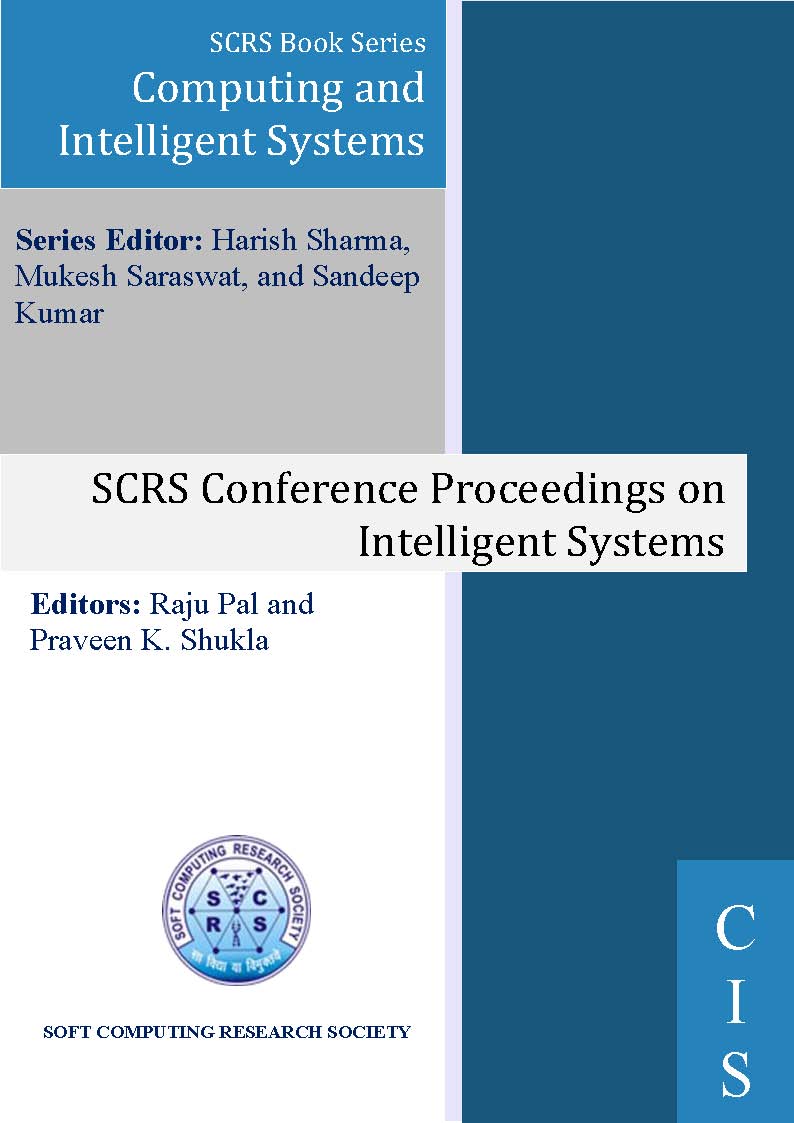
Coverage and Connectivity in WSN: A Review
Authors: Shalu Saini and Manjeet Singh
Publishing Date: 18-02-2023
ISBN: 978-81-955020-5-9
Abstract
Wireless sensor networks (WSNs) are a collection of self-contained nodes with a limited battery life which have applications in medical services, security systems, military surveillance, and environmental monitoring, among other areas, with energy efficiency, lifetime, and network connectivity as research challenges. In the existence of a multi-state sensor node, one of the major research difficulties is to provide application – optimum coverage of the observed region and reliable transmission of obtained data. When regulating sensor sites, it is often necessary to maintain a high area of coverage ratio, and covering explicit point targets to ensure an extended network lifetime is also necessary at times. This review covers the concepts of coverage and network connectivity, as well as how they are studied, quantified, and how they affect network performance. In addition, oversight of the most important key performance indicator influenced by coverage is highlighted, which may have an impact on the envisioned use cases in terms of throughput and huge connectivity.
Keywords
Area-coverage, Network connectivity, Wireless sensor networks, Coverage ratio
Cite as
Shalu Saini and Manjeet Singh, "Coverage and Connectivity in WSN: A Review", In: Saroj Hiranwal and Garima Mathur (eds), Artificial Intelligence and Communication Technologies, SCRS, India, 2023, pp. 697-704. https://doi.org/10.52458/978-81-955020-5-9-66